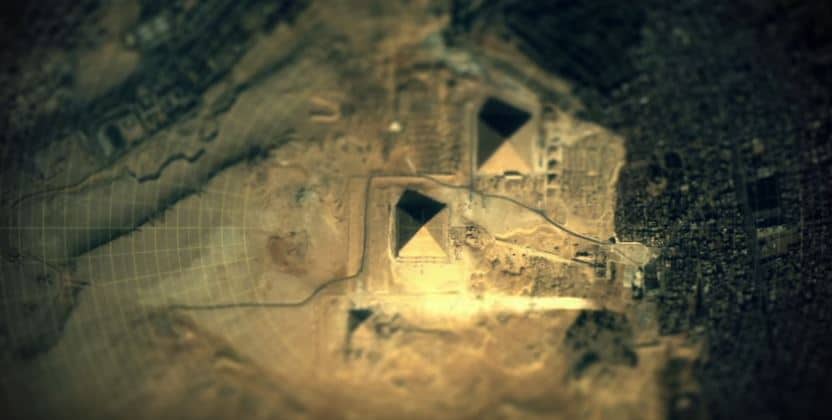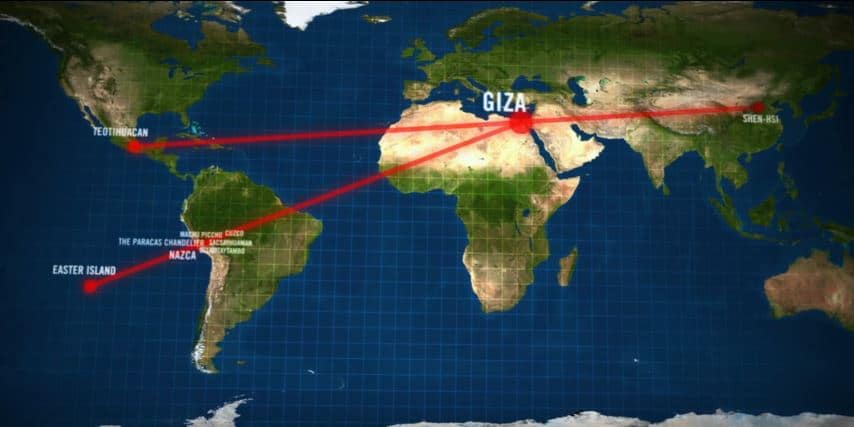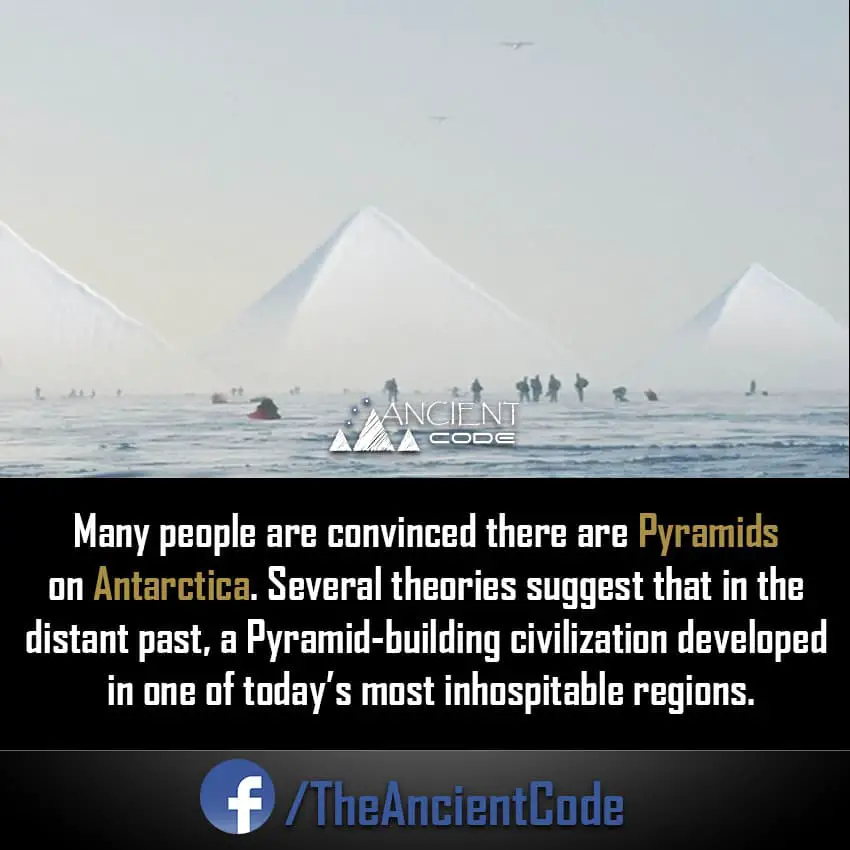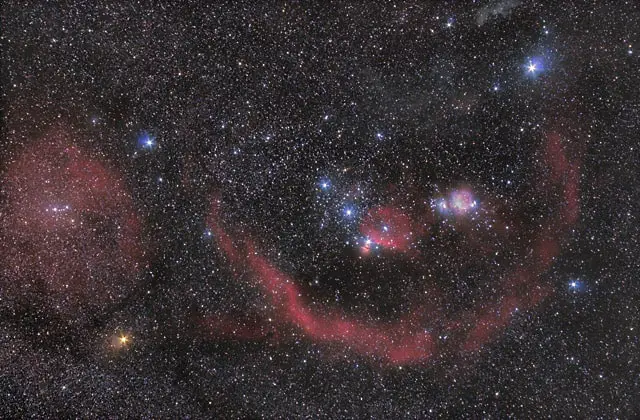

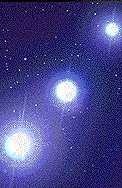 Named after the Greek hunter, the constellation of Orion is one of the most famous constellation in the sky; visible in the night sky from November to February on the celestial equator, the constellation of Orion contains two of the ten most brightest stars with Rigel being Orion’s brightest star. It is one of the most easily recognizable constellations and has two meteor showers associated with it; the Orionids and the Chi Orionids.
Named after the Greek hunter, the constellation of Orion is one of the most famous constellation in the sky; visible in the night sky from November to February on the celestial equator, the constellation of Orion contains two of the ten most brightest stars with Rigel being Orion’s brightest star. It is one of the most easily recognizable constellations and has two meteor showers associated with it; the Orionids and the Chi Orionids.
More interestingly almost every single ancient civilization to have lived on Earth has had a deep connection with this celestial object; from Mexico, Asia, Europe and Africa. Ancient cultures honored the hunter by positioning monuments mimicking its position; as above so below.
Here we bring you mythology and facts about the constellation of Orion:
- Orion was a giant born with superhuman abilities, a mighty hunter who killed animals with an unbreakable bronze club. When the Greek hero was eventually slain, he was placed among the stars for eternity. His father was Poseidon.
- The earliest depiction that has been linked to the constellation of Orion is a prehistoric mammoth ivory carving that was discovered in a cave in the Ach valley in Germany in 1979.
- Archaeologists estimate that the ivory carving is over thirty thousand years old.
- Alnilam, Mintaka and Alnitak, which form Orion’s belt, are the most prominent stars in the Orion constellation.
- Betelgeuse, the second brightest star in Orion, establishes the right shoulder of the hunter. Bellatrix serves as Orion’s left shoulder.
- The Orion Nebula a formation of dust, hydrogen, helium and other ionized gases rather than a star—is the middle “star” in Orion’s sword.
- Other stars in the constellation include Hatsya, which establishes the tip of Orion’s sword that hangs off the belt, and Meissa, which forms Orion’s head. Saiph serves as Orion’s right knee. Rigel forms the hunter’s left knee.
- Rigel, Orion’s brightest star is located 773 light-years away.
- Alnitak is located around 800 light years away from earth and is believed to be 100,000 times more luminous than our Sun.
- Mintaka is located 915 light years away from the Earth. It is 90,000 times more luminous than the Sun and is in fact a double star: the two orbit each other every 5.73 days.
- Astronomers usually refer to it as M42 and it is there where stars are being born, so the Orion constellation is one of the most prominent star formations in the night sky.
- The constellation of Orion contains three Messier objects; Messier 42 (M42, NGC 1976, Orion Nebula), Messier 43 (M43, NGC 1982, De Mairan’s Nebula), and Messier 78 (M78, NGC 2068), astronomers believe that Orion has seven stars with known planets.
- According to Egyptian mythology, the gods descended from the belt of Orion and Sirius– the brightest star in the sky.
- The ancient Egyptian civilization firmly believed that from Sirius and Orion beings came in the form of humans– Osiris and Isis and they instigated the human race.
- The ancient Egyptians were very clear and we find evidence in writings that Orion was linked with creation, Orion and Osiris are the same in ancient Egypt and the Egyptians believed that Osiris will return from Orion one day.
- According to the Orion correlation theory the Pyramids of the Giza Plateau mimic Orion’s belt, this theory was first put forward by Robert Bauval in 1983.
- According to computer models, the great Sphinx and the three Pyramids at Giza would align with Orion’s Belt in the year 10,450 BC.
- During 10,450 BC what is referred to as the Age of Leo, the great Sphinx, which originally may have fully resembled a lion (although this has yet to be proven), would have been looking directly due east at it’s celestial counterpart as it rose at dawn of the vernal equinox in 10,450 BC.
- Star are not stationary in space. The stars of the constellation of Orion tend to move together through space.
- Located in the eastern region of the Sahara Desert is the mysterious archaeological site known as Nabta Playa, discovered by a team of scientists in 1974, researchers believe that the “mini Stonehenge of the desert.” has an intricate alignment to the stars of the constellation of Orion.
- The ancient city of Teotihuacan located in Mexico is another marvel of ancient construction. Like the Pyramids at the Giza plateau, the monuments of Teotihuacan point directly to the three stars of Orion’s Belt according to scholars who support this theory.
- The first, second and third mesas of the ancient Hopi mimic Orion’s constellation. The Hopi mesas shape Orion’s Belt image and it is said that the Hopi came here because of the shape of Orion’s belt.
- The Babylonian star catalogues of the Late Bronze Age name Orion, “The Heavenly Shepherd” or “True Shepherd of Anu” referring to Anu as the chief god of the heavenly realms.
- The Bible also mentions the constellation of Orion three times, referring to it as “Kesil” which according to scholars is literally – fool.
- In medieval Muslim astronomy, the constellation of Orion was referred to as al-jabbar, which translated would mean “the giant”.
Source: Wikipedia / Ancient Code

